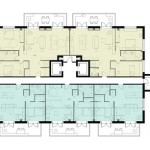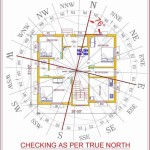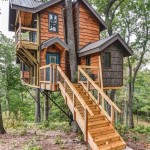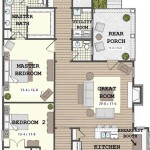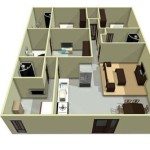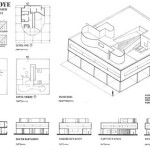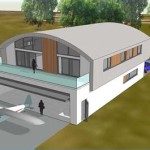Essential Aspects of Round House Floor Plans Design
Round house designs have gained increasing popularity in recent years for their unique and inviting aesthetics. However, there are several crucial aspects to consider when designing a round house floor plan to ensure functionality and comfort.
1. Circulation and Flow
Due to the curved nature of the walls, it is essential to plan for efficient circulation within the house. Open floor plans and curved hallways can facilitate smooth movement and create a sense of spaciousness. Strategically placed windows and doors can also enhance natural light and ventilation.
2. Spatial Arrangement
Circular floor plans offer ample flexibility in spatial arrangement. However, it is important to consider the specific functions of each room and how they relate to one another. Common areas such as living rooms and dining rooms can be placed in the center of the house, while private areas like bedrooms and bathrooms can be situated towards the periphery.
3. Light and Ventilation
Round houses can face challenges in natural light and ventilation due to the lack of conventional windows and doors. Skylights and large windows that follow the curve of the walls can provide ample sunlight throughout the day. Ventilation systems such as ceiling fans and cross-ventilation can promote air circulation and create a comfortable living environment.
4. Structural Considerations
Round houses require specific structural support systems to maintain their shape and stability. These systems can include ring beams, radial load-bearing walls, or a combination of both. It is essential to consult with qualified engineers to determine the appropriate structural solution for the specific design and location of the house.
5. Accessibility
Accessibility is a key consideration in round house design, especially for individuals with limited mobility. Rounded paths, wide doorways, and ramps can ensure easy movement throughout the house. Additionally, strategic placement of rooms and amenities can minimize the need for long distances within the home.
6. Privacy and Visual Interest
Round house designs can provide both privacy and visual interest. Walls that follow the curve of the house can create private enclaves, while curved windows and balconies can offer stunning views of the surrounding landscape. Interior walls and partitions can be arranged to create unique and visually appealing spaces.
7. Energy Efficiency
The circular shape of round houses can enhance energy efficiency. The lack of sharp corners and the low surface-to-volume ratio reduce heat loss and improve insulation. Additionally, skylights and windows that follow the curve of the walls can maximize natural light and minimize artificial lighting requirements.
Conclusion
Designing a round house floor plan requires careful consideration of various essential aspects, including circulation, spatial arrangement, light and ventilation, structural considerations, accessibility, privacy, and energy efficiency. By adhering to these principles, architects and homeowners can create unique, comfortable, and sustainable round houses that offer a harmonious blend of form and function.

Roundhouse In 2024 Round House Home Design Plans Floor

Two Bedroom Roundhouse

Round House Building Plans With Photos

1 5 Story Roundhouse Natural Building Blog

Roundhouse Dome Cer Plan

Circular House Floor Plan

Three Roundhouses Design Round House How To Plan

Round Home House Plans Living 970 Sq Feet Or 90 M2 2

Passive In The Round House Floor Plans Home Design

Modern House Designs And Home Plans

